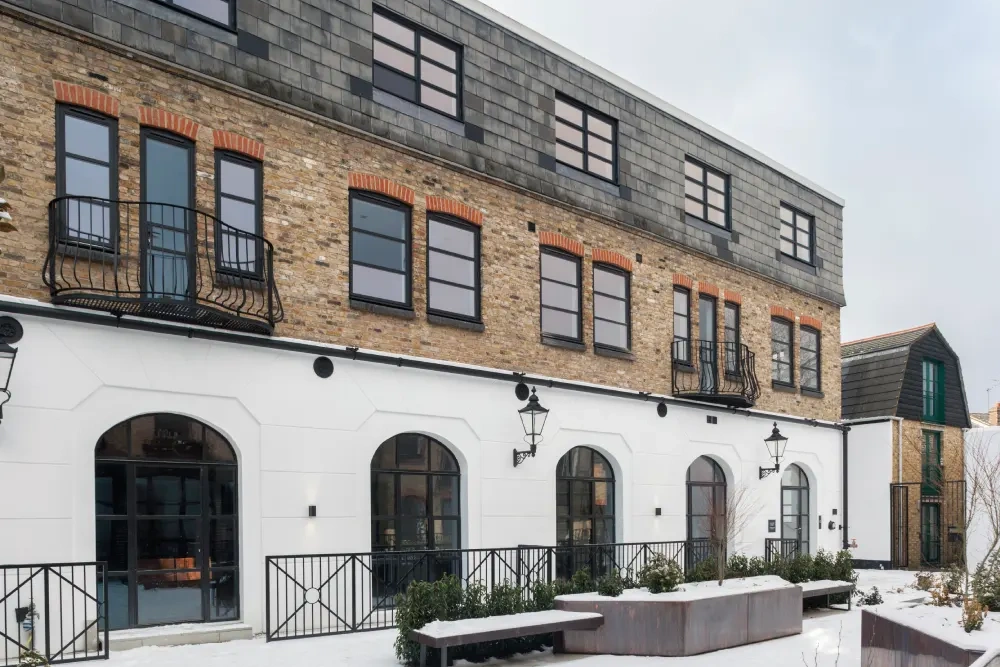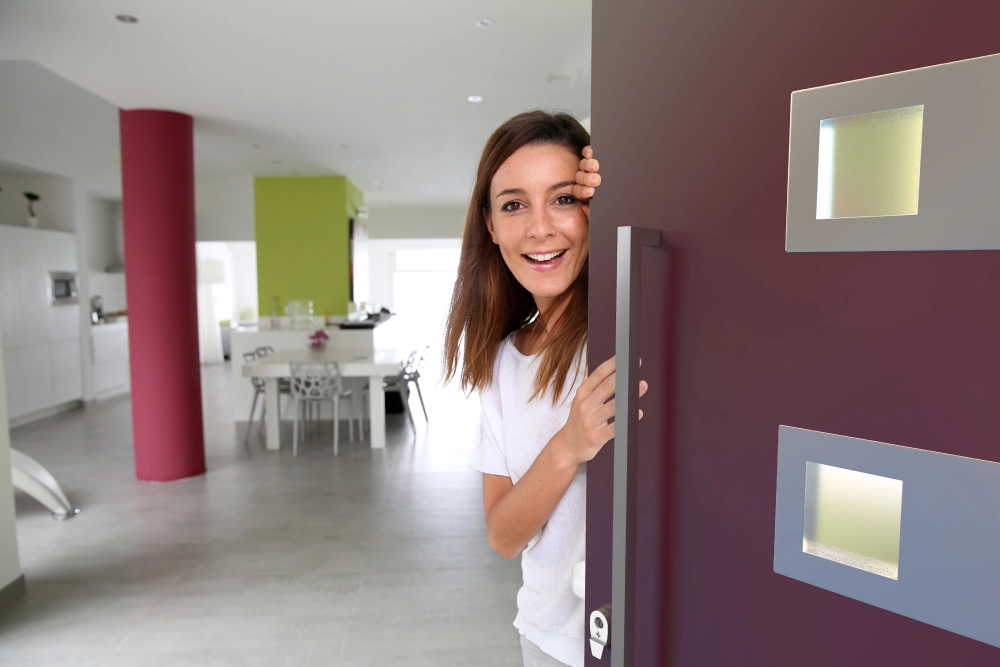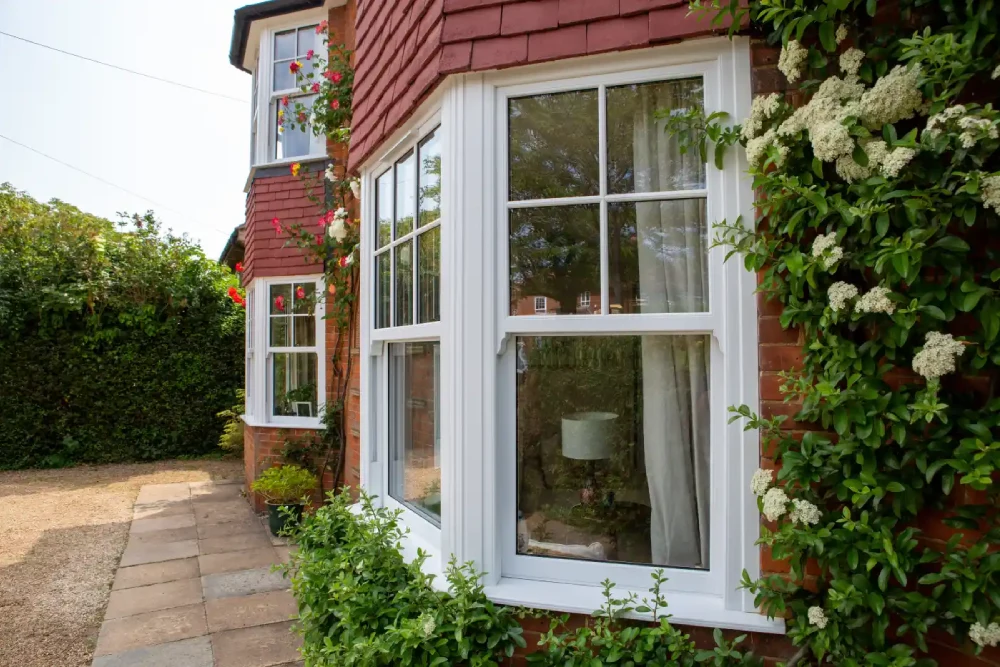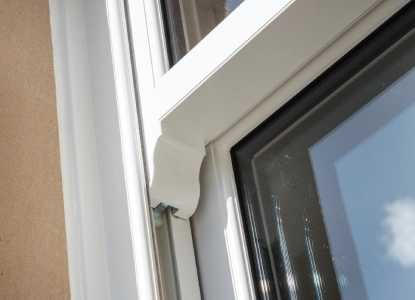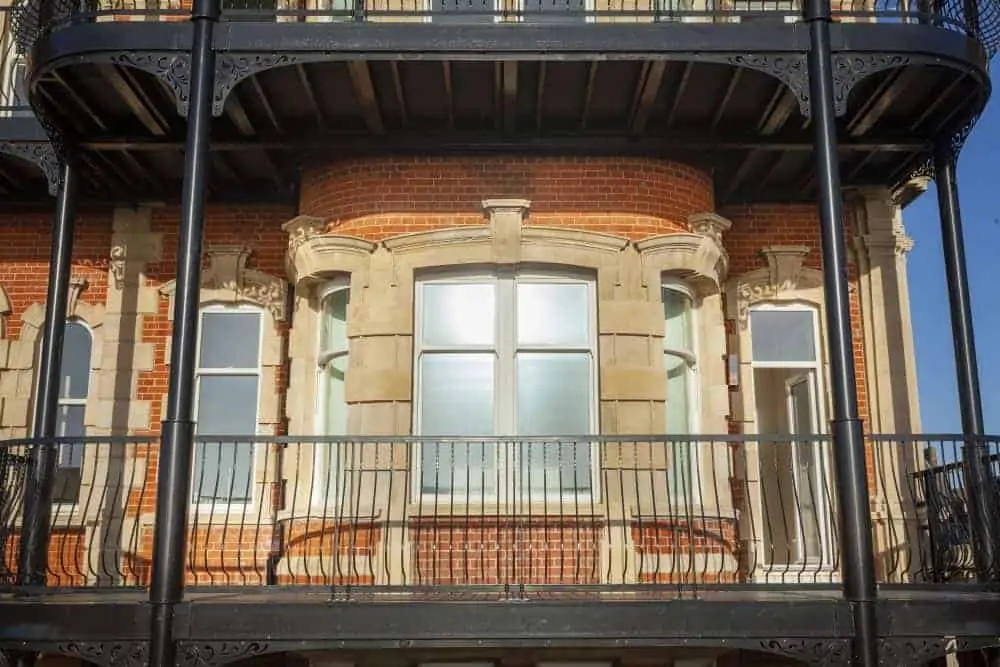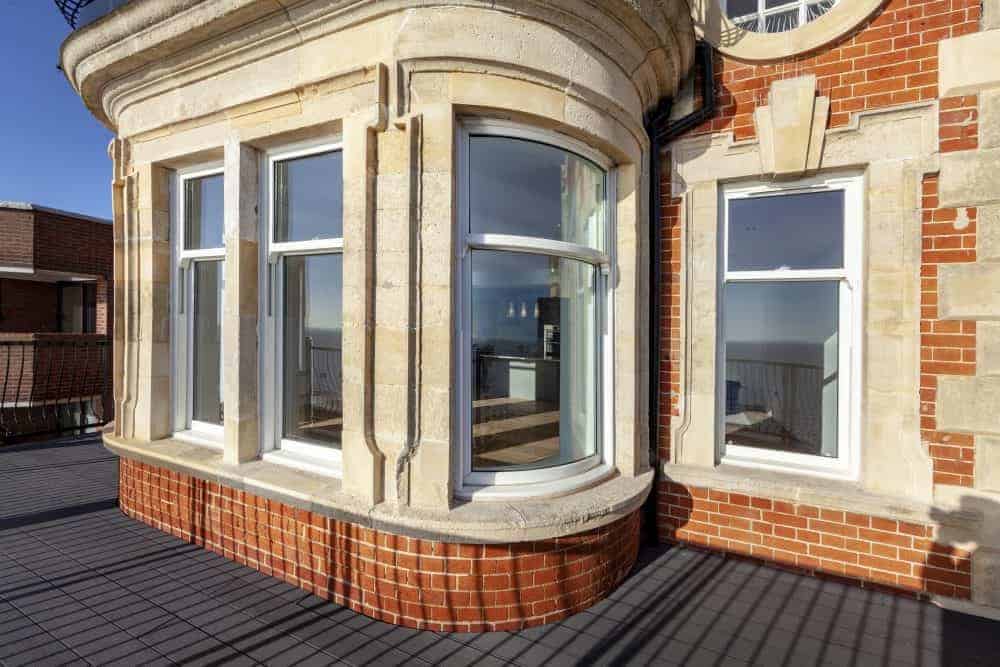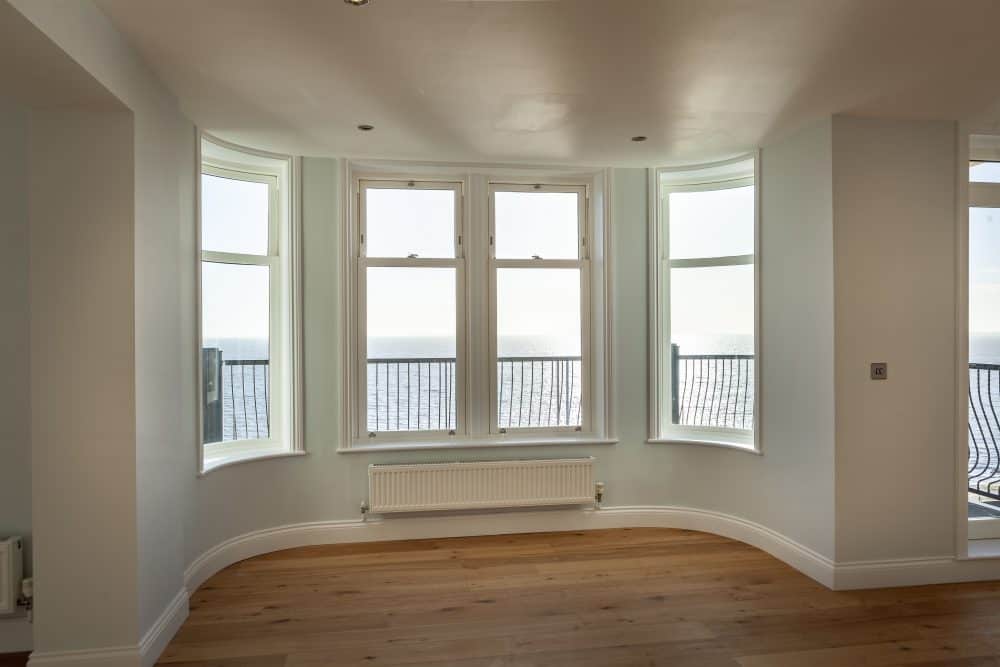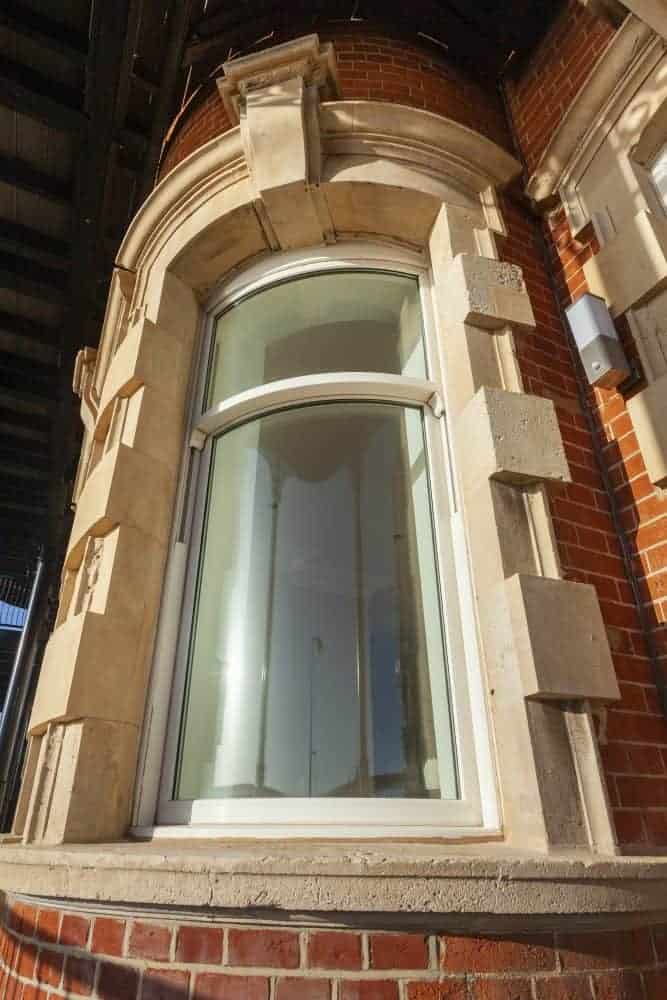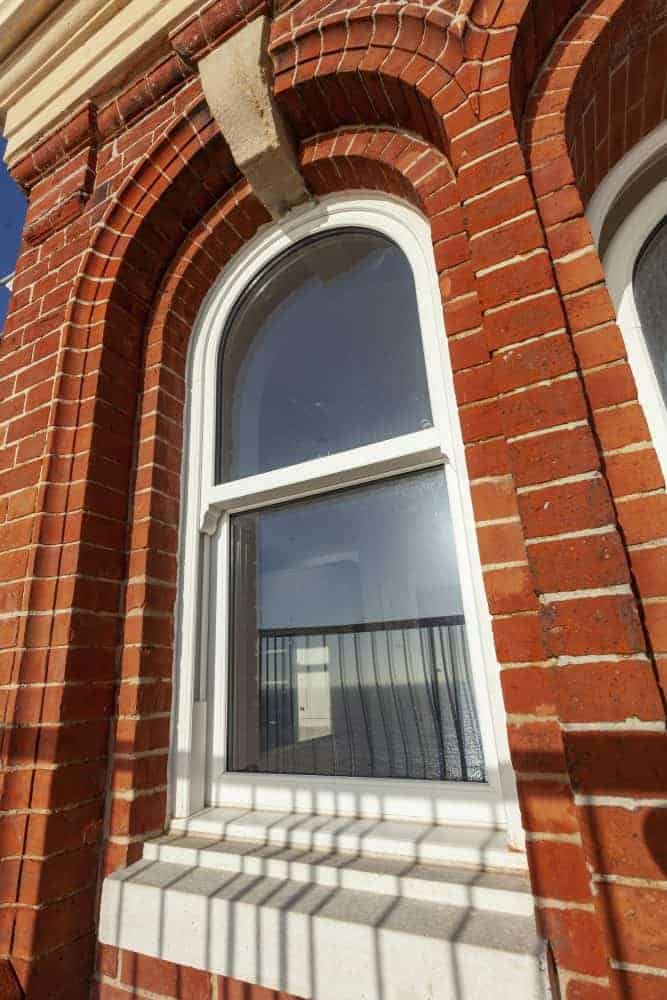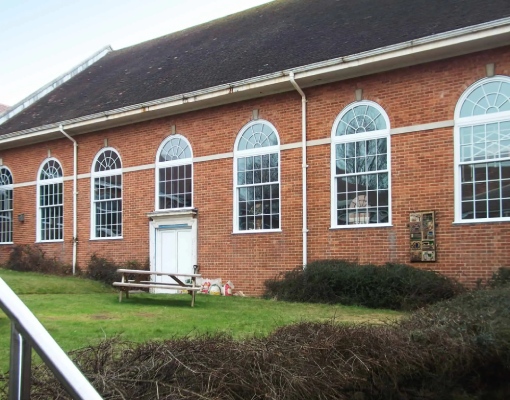Modern Elegance: How Commercial Glazing
Suppliers are Influencing Contemporary Architecture
Principles
One fairly important point about glazing is that it is just about always visible; nearly every building will have at least one window in view of those passing by. From a supplier’s perspective, this means that the quality of your products has nowhere to hide – a nightmare for those who might cut corners but a blessing for those of us who take pride in our work. Being so uniformly visible also makes glazing an industry that is obsessed with creating products which look as great as they perform and stand as a representation of current tastes and sensibilities. In today’s climate, modern glazing solutions have been designed and refined around this basic premise of doing more with less – and it is an ethos that has grown to incorporate aesthetics as much as function.
Zero Waste
All industrial processes create by-products. While it may be impossible to completely rid the architectural trade of waste, there are parts of it that are well along the path of minimizing it. One of the leaders in this regard is glazing. Due to the precision of the manufacturing process and the versatility of the materials used, the component parts of windows can be made to exact measurements, hugely reducing the waste that might build up over the course of a project. This reduction is just as important in the production of the items in the factory as it is in the lessening of the burden on landfill sites at the other of end a project. Another consideration in the conversation of a thing’s wastefulness is its life after its initial use. In the case of the glazing industry, materials like glass and aluminium are famous for the fact that they can be so easily recycled – a real plus in the ecology debate that is being replicated across the building trade as well as further afield.
Efficiency
Minimal design/ sleek aesthetic
Materials
Choice and customisation
Products
Verandas and sun rooms
Structural Glazing
Cliff House, Felixstowe
VIEW PROJECTFoxhill House, Chester
VIEW PROJECTUniversity of Sussex, Brighton
VIEW PROJECTVarndean College, Brighton
VIEW PROJECTFrom sash windows to aluminium bifold doors, our high-quality products are engineered and manufactured right here in Britain. We work with fellow UK-operated companies, Spectus Window Systems, Smart Systems, and Jack Aluminium Systems, to deliver only the very best to our trade, commercial and residential customers.
How much do French doors cost to install in the UK?
The cost of installing French doors in the UK varies depending on the size, material, and design. At Mercury Glazing, we offer competitive pricing tailored to your specific needs. Please contact us for a personalised quote.
How to fit door handles?
Fitting door handles can be a straightforward process. First, measure and mark the position on the door, drill the necessary holes, then attach the handle with screws. For detailed instructions or professional fitting services, feel free to reach out to us.
What are composite doors made of?
Composite doors are crafted from a combination of materials, including PVC, wood, insulating foam, and GRP (Glass Reinforced Plastic). This blend ensures strength, durability, and thermal efficiency.
What are composite doors?
Composite doors are high-quality doors known for their robustness, energy efficiency, and security. They are an excellent choice for those seeking a durable and aesthetically pleasing option.
Do composite doors fade in the sun?
Our composite doors are designed to resist fading, even under prolonged sun exposure, thanks to their high-quality materials and construction.
How to adjust composite doors?
Adjusting a composite door usually involves aligning the hinges and lock mechanism. If you're experiencing issues, we recommend contacting a professional for assistance to ensure optimal performance and avoid damage.
How to replace patio doors?
Replacing patio doors involves removing the old doors, preparing the opening, and installing the new doors. It's a task best handled by professionals to ensure a perfect fit and functionality.
How much do patio doors cost?
The cost of patio doors varies based on size, material, and design. Contact us at Mercury Glazing for a bespoke quote that matches your specific requirements.
How much are French doors?
The price of French doors depends on the material, size, and design details. We offer a range of options to suit various budgets. Please get in touch for a tailored quote.

